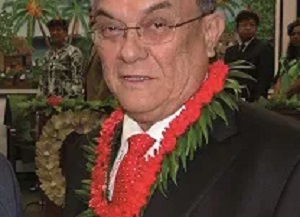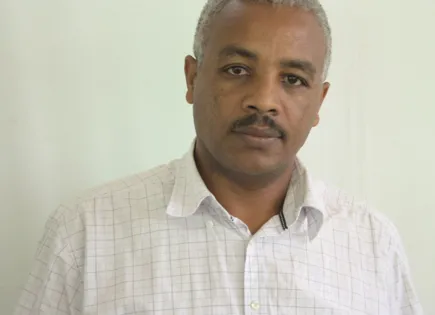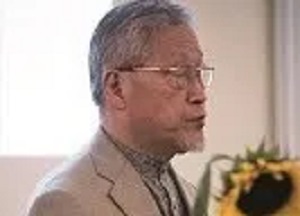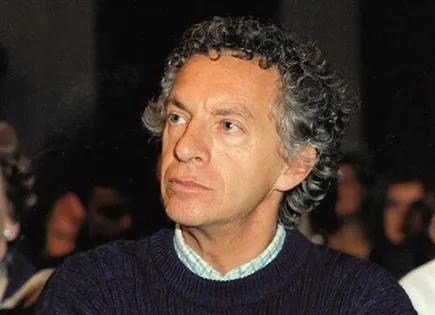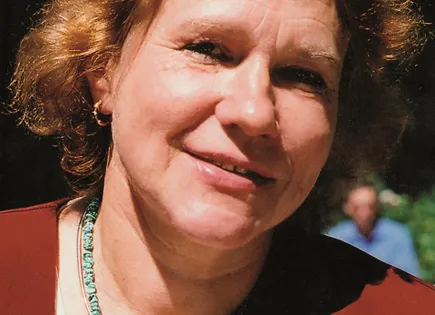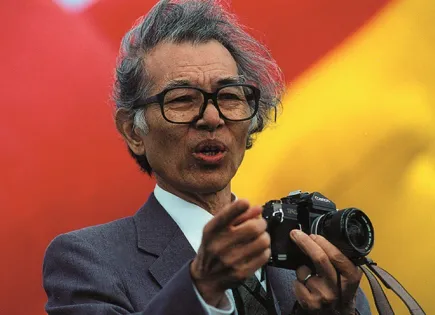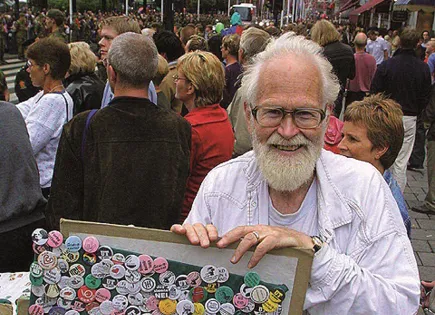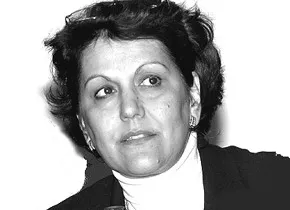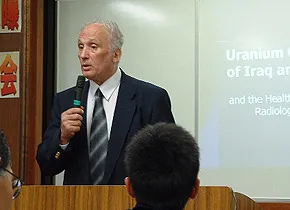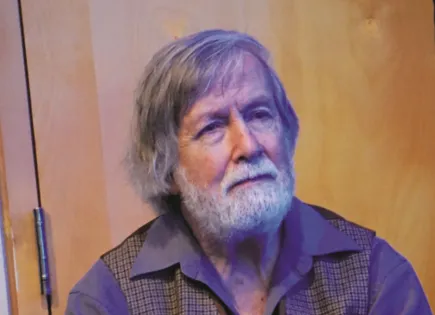Posts by jan
Tony de Brum, Marshall-Islands
Category Solution – 2015
Nine-year-old Tony de Brum was an eyewitness when the largest hellfire ever lit by the USA, the Castle Bravo bomb, detonated in 1954 – a thousand times more powerful than that of Hiroshima. The current Foreign Minister of the Republic of the Marshall Islands spent much of his professional life fighting to repair and compensate for radiation damage.
Samson Tsegaye Lemma, Ethiopia
Category Solution – 2016
Samson Tsegaye Lemma, as head of the Solar Center in Addis Ababa, has trained 65 solar technicians, built two solar training centers in Ethiopia, solar-electrified four villages, solar-lit 157 schools, provided guidance to 300 individuals and initiatives, and distributed over 30,000 solar light products. A ray of hope for all of Ethiopia.
Hiromichi Umebayashi, Japan
Category Solution – 2017
The physicist Dr. Hiromichi Umebayashi is working tirelessly on the vision: No nuclear missiles on the soil of Japan, North and South Korea; Russia, China and the USA should guarantee not to use nuclear weapons against these three states. Behind the stage he is constantly active. With diplomats and politicians and of course with the Mayors for Peace.
Raúl Montenegro, Argentina
Category Education – 1998
If you want to get a picture of Dr. Raúl A. Montenegro, you’d best ask his opponents, the South American nuclear lobby: Hardly anyone has thwarted their plans more lastingly than the biologist. In Argentina his name is synonymous with “courage in the face of the giants”. Without him, the Los Gigantes uranium mines would hardly have had to close and Guatemala would have built a nuclear power plant.
Lydia Popova, Russia
Category Education – 1999
Lydia Popova worked for 17 years as a scientific expert in the Russian Ministry of Atomic Energy and Industry (MINATOM), when she left in 1990 to become coordinator of SEU (Alternative Energy Program), an umbrella organization for 250 environmental and anti-nuclear groups, and repeatedly pointed out the dangers of a plutonized world community (e.g. “Plutonium in Russia”).
Kenji Higushi, Japan
Category Education – 2001
Thanks to the documentary work of photographer Kenji Higushi, more and more attention is being paid to the victims of civil nuclear fission. His first of eight volumes of photographs to date (Exposed Workers Disappear in the Dark) was conceived as educational material and quickly became a secret long seller. Even more successful: This is a nuclear plant (1991).
Ole Kopreitan, Norway
Category Education – 2002
The fact that Norway’s parliament declared in 1975 that it would touch its future non-nuclear energy mix is due to the fierce grassroots resistance in the country and in particular to Ole Kopreitan. After this stage victory, he committed himself to the worldwide fight against military and commercial use of nuclear power, since 1980 as Secretary General of the organisation “Nei til Atomvåpen”.
Souad Naij Al-Azzawi, Iraq
Category Education – 2003
The geologist Dr. Souad Naij Al-Azzawi completed her doctorate on the radioactive contamination of the groundwater in Colorado by nuclear power plants and returned to Iraq with this knowledge. In 1995/96, as head of the Department of Environmental Engineering at the University of Baghdad, she investigated the contamination of soil, water, air and agricultural products by ammunition hardened with depleted uranium.
Asaf Durakociv, Canada
Category Education – 2004
At the end of the 1990s, the radiologist and expert on radiation damage founded the Uranium Medical Research Center (UMCR) in Canada after he discovered depleted uranium and even plutonium in US soldiers suffering from the then mysterious “Gulf War Syndrome” – and was advised to conduct research in other directions. Since 2002, the UMCR has maintained two research teams in Afghanistan, among others.
Gordon Edwards, Canada
Category Education – 2006
For decades, the mathematician Gordon Edwards has been one of Canada’s leading figures in the anti-nuclear scene. He proved that the Canadian government’s limits for radon gas were six times excessive and played a key role in a moratorium on a new reactor in Quebec. Effortlessly and with analytical accuracy he dismantles the myth of clean nuclear energy.
